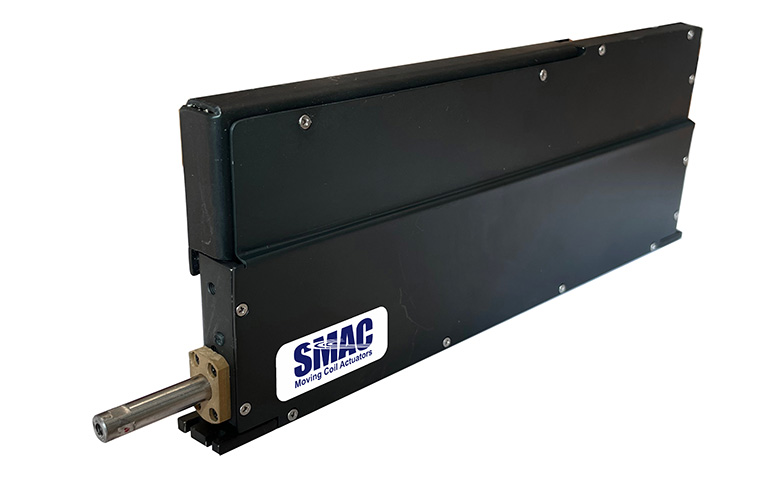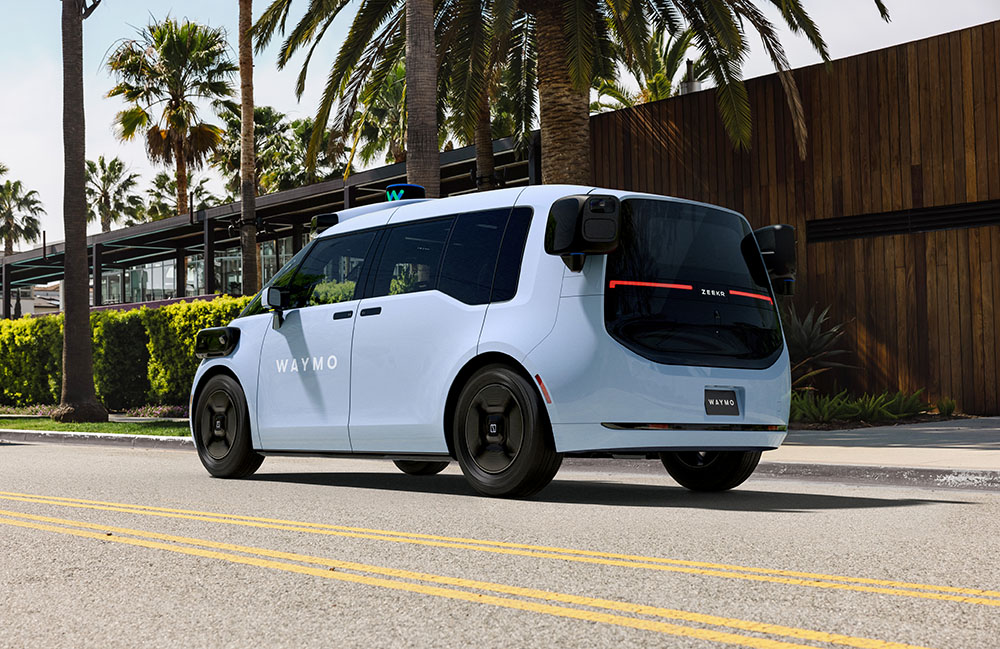SMAC’s linear rotary actuators can be used for precision screw insertion and tightening. | Source: SMAC
SMAC Moving Coil Actuators today introduced its LBR and LDR Series of linear rotary actuators. The company said it equipped these actuators with its Smart Screwdriver technology for precise screw insertion and tightening in automated manufacturing processes.
With these new actuators, Carlsbad, Calif.-based SMAC said it intends “to set a new standard for efficiency, accuracy, and reliability.”
The LBR and LDR actuators can be used in industrial applications such as electronics assembly, where small screws and delicate materials pose unique challenges, according to the company. SMAC claimed that its actuators tackle these challenges “head-on with their industry-leading capabilities and advanced features.”
“Companies choose SMAC linear rotary actuators for their screwdriving needs due to the unique challenges posed by small, delicate screws and the demand for zero-defect production,” stated Ed Neff, founder and CEO of SMAC. “The LBR and LDR are game changers in automated manufacturing, offering unmatched precision, flexibility, and real-time feedback.”
SMAC designs for precision handling
Founded in in 1990, SMAC said it aims to replace older technologies such as pneumatic cylinders and electric ball screw actuators. It manufactures a wide range of precision programmable electric actuators based on its patented moving-coil technology.
The company asserted that its electric actuators are unique because force, position, and speed are all programmable. SMAC designed them to perform at high speeds or very low speeds with sub-micron accuracy and repeatability that can be validated with as precise as 1 ms response time.
SMAC said these characteristics makes its actuators ideal for a wide range of positioning, measuring, inspection, and pick-and-place applications.
 Submit your presentation idea now.
Submit your presentation idea now.
LBR and LDR promise thread match, zero-defect production
As manufacturers increasingly seek systems for handling small screws with accuracy and reliability, SMAC said its LBR and LDR lines will become a go-to choice.
“Our LBR and LDR linear rotary actuators represent a significant advancement in automated manufacturing technology,” said Neff. “With their SMART DRIVER capabilities and unmatched precision, they are poised to revolutionize the way screws are inserted and tightened in a wide range of industries.”
These two lines of linear actuators can address a number of challenges. First, SMAC highlighted its ability to precisely handle items. Small screws are notoriously difficult to assemble, which often leads to issues like cross-threading and damage to tapped hole threads.
The company noted that LBR and LDR’s Smart Driver technology ensures precision screw insertion by detecting the screw top, verifying the thread match, and monitoring screw movement in real time.
LBR and LDR also provide guaranteed thread match every time, eliminating cross-threading, SMAC said. Using a 1 um encoder, the actuator rotates counterclockwise, recognizes the drop in the first thread pitch, defines the thread, and then begins its clockwise rotation to tighten the screw.
Finally, the actuators offer zero-defect production, according to SMAC. In industries like medical, aerospace, and automotive, where zero-defect production is non-negotiable, the LBR and LDR offer high reliability, the company said.
The actuators’ advanced capabilities allow for 100% verification of correct processes for flawless assembly every time, said SMAC.
The company also offers a range of linear rotary actuators that can be used for anything from very small screws to large screws. It is also adding integrated closed-loop torque sensor options to its LBR and LDR actuators.

 6 months ago
81
6 months ago
81









 English (US) ·
English (US) ·